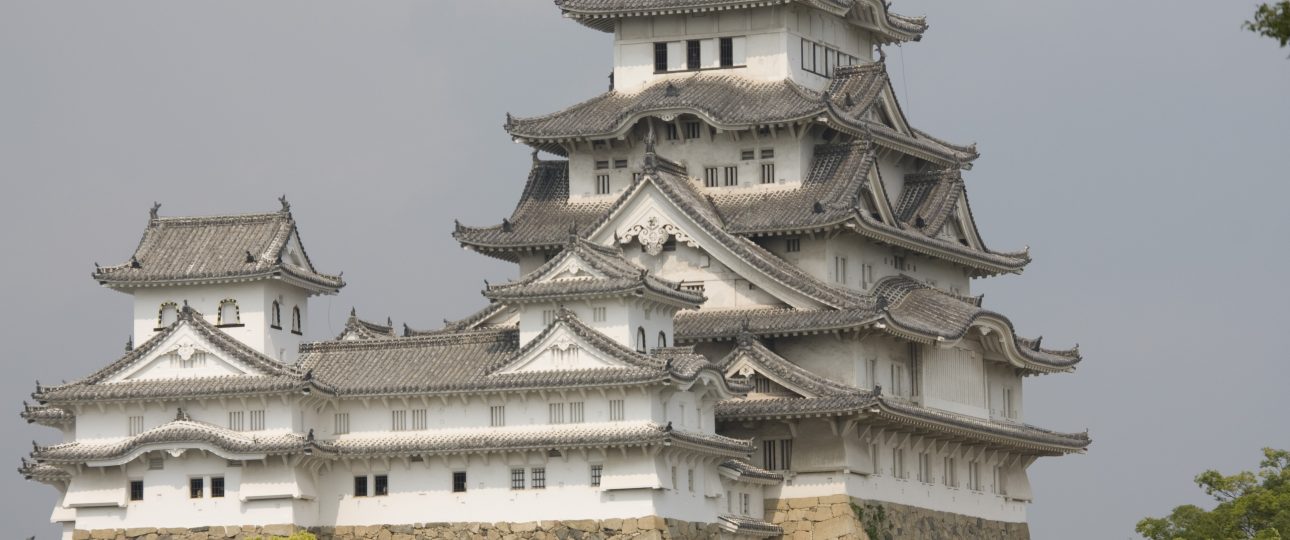Welcome to Himeji Castle: A Journey Through Japan’s History
Himeji Castle, located in the city of Himeji, Japan, is a stunning example of the country’s historical and architectural heritage. Known as the “White Heron Castle” for its elegant white exterior, this iconic structure is a highlight for anyone interested in Japan’s past. Let’s explore the fascinating history of Himeji Castle, its architectural wonders, and practical tips for your visit.
The History of Himeji Castle
Himeji Castle’s origins date back to the late 1500s, making it over 400 years old. Originally built as a military fortress, it evolved into a grand castle complex that housed feudal lords. Its enduring structure has withstood natural disasters and wars, showcasing the resilience and craftsmanship of Japanese builders.
During Japan’s feudal era, Himeji Castle served as a strategic stronghold, providing a vantage point for military operations and ensuring the safety of its inhabitants. Today, it is recognized as a UNESCO World Heritage Site, drawing visitors from around the world to admire its historical significance.
Architectural Marvels of Himeji Castle
Approaching Himeji Castle, visitors are captivated by its grandeur and intricate design. The castle’s architecture combines traditional Japanese aesthetics with defensive features, making it a masterpiece of engineering.
The main keep, or tenshu, is the castle’s most iconic structure, rising six stories high. It offers breathtaking views of the surrounding landscape and a glimpse into the past. The castle’s white walls and sloping roofs, adorned with black tiles, contribute to its distinctive appearance.
Inside, a labyrinth of rooms reveals the opulence and refined taste of the ruling lords. Intricate woodwork, sliding doors, and hidden chambers provide insights into the daily lives of the feudal era’s elite.
The Beauty of Himeji Castle Gardens
Adjacent to the castle, the Koko-en Garden offers a serene escape with its meticulously manicured lawns, vibrant flowers, and tranquil ponds. This garden features nine distinct areas, each showcasing a different style of Japanese landscaping. A leisurely stroll through its winding paths and elegant bridges immerses visitors in traditional Japanese aesthetics.
Best Time to Visit Himeji Castle
Himeji Castle is a year-round destination, but spring and autumn offer particularly enchanting experiences. In spring, cherry blossoms paint the castle grounds in shades of pink, while autumn transforms the landscape into a vibrant tapestry of red, orange, and gold. To avoid crowds, consider visiting early in the morning or on weekdays.
Getting to Himeji Castle
Himeji Castle is easily accessible thanks to Japan’s efficient transportation system. From Tokyo, the Shinkansen bullet train provides a convenient route to Himeji Station, taking approximately three hours. For those arriving by air, Kansai International Airport is the closest major airport, with bus and train connections to Himeji.
Once at Himeji Station, the castle is a short 15-minute walk along Otemae-dōri. Alternatively, a sightseeing loop bus offers a convenient way to explore the cultural area, including stops near the castle and garden.
Exploring Himeji City
Beyond the castle, Himeji City offers a wealth of experiences. Stroll through its charming streets, discover traditional shops, and sample local delicacies. For those with more time, a visit to Mount Shosha is recommended. This serene mountain retreat is home to Engyo-ji Temple, a stunning Buddhist complex accessible by cable car, offering breathtaking views along the way.
As you plan your travels, consider adding Himeji Castle to your itinerary. Immerse yourself in Japan’s rich history, witness architectural brilliance, and create lasting memories. Himeji Castle is not just a destination; it’s an experience that transports you to a bygone era.




